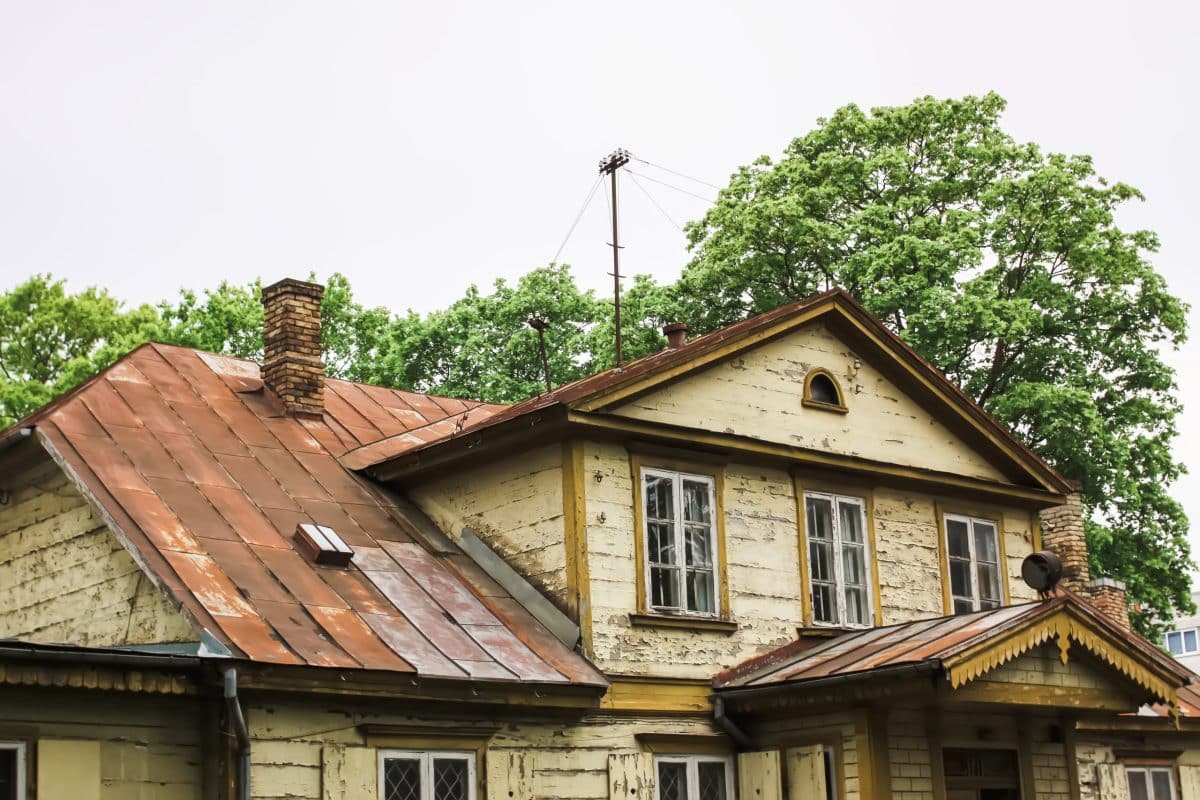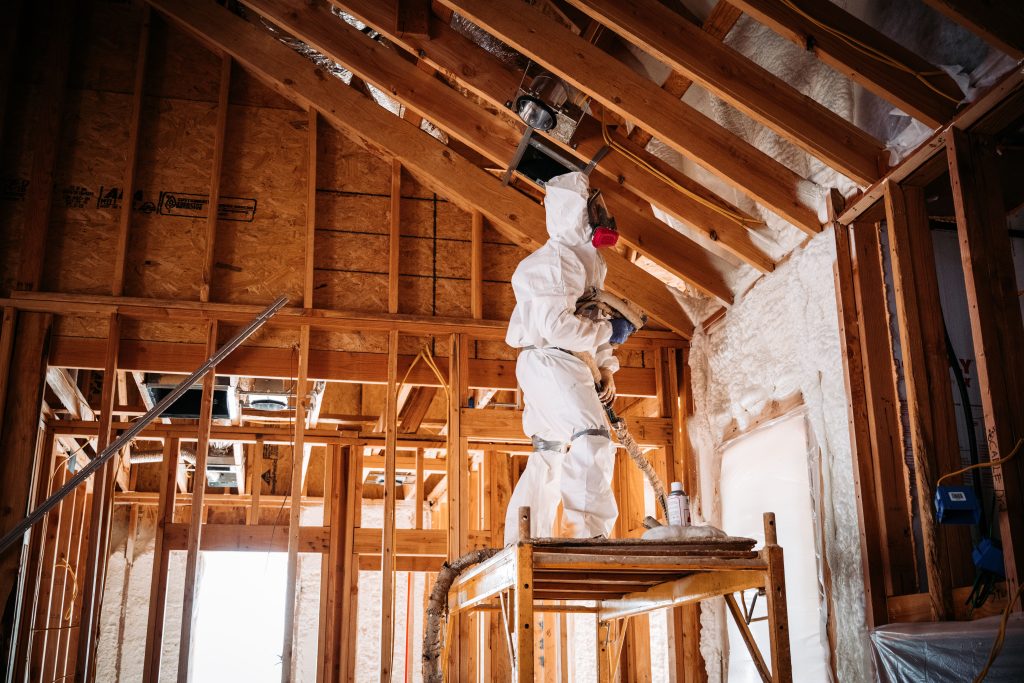Asbestos in Older Homes: How to Keep Your Family Safe

Asbestos in older homes can pose significant health risks to you and your loved ones. If your home was built before the 1980s, it may contain asbestos materials in its insulation, flooring, walls, or roofing. Understanding where asbestos hides and how to address it safely is essential for keeping your family protected. In this post, we’ll discuss the dangers of asbestos, where it can be found, and the steps you should take to ensure your home is safe.
What is Asbestos and Why is it Dangerous?
Asbestos is a naturally occurring mineral that was widely used in construction for its heat resistance, strength, and insulating properties. For decades, it was a go-to material for builders and manufacturers. Unfortunately, as time passed, researchers discovered that asbestos exposure can have severe health consequences.
When asbestos fibers are disturbed, they can become airborne. Once inhaled, these fibers settle in the lungs and remain there for years, causing conditions such as asbestosis, lung cancer, and mesothelioma. These illnesses often don’t show symptoms until decades after exposure, which makes proactive measures crucial for homes containing asbestos materials.
The good news is that asbestos in older homes doesn’t always pose a danger if left undisturbed. However, if you plan to renovate, repair, or demolish parts of your home, it’s critical to assess the presence of asbestos before starting any work.
Common Places to Find Asbestos in Older Homes

Asbestos was used in a variety of building materials, making it difficult to spot without professional testing. In homes built before the 1980s, asbestos could be lurking in unexpected areas. Some of the most common places include:
- Insulation: Loose-fill insulation in attics, walls, and around pipes often contains asbestos, particularly in older homes.
- Flooring: Vinyl floor tiles, sheet flooring, and adhesive materials may have asbestos. If damaged or worn, these materials can release harmful fibers.
- Ceiling Tiles and Textured Coatings: Popular popcorn ceilings and ceiling tiles from the mid-20th century often contained asbestos for fireproofing.
- Roofing and Siding: Cement shingles, roofing felt, and siding materials may also contain asbestos.
If you live in an older home and suspect these materials might contain asbestos, it’s best to consult with professionals. DIY inspections or removals can disturb the materials and release dangerous fibers into the air, putting your family at risk.
How to Safely Test for Asbestos in Older Homes
If you suspect asbestos in your home, testing is the first step to ensure your family’s safety. Testing should always be performed by a certified asbestos professional. While home testing kits are available, improper sample collection can expose you to harmful fibers.
Professionals follow strict safety protocols to minimize the release of asbestos fibers during testing. They wear protective gear, use specialized tools, and analyze samples in accredited laboratories. A professional inspection will identify where asbestos exists in your home and determine if it poses an immediate risk.
It’s also important to note that asbestos materials that are in good condition and undisturbed may not require removal. In some cases, encapsulation—sealing the asbestos material to prevent fiber release—can be a safer and more cost-effective solution.
What to Do if Your Home Contains Asbestos
Finding asbestos in older homes can be alarming, but there are safe and effective ways to handle it. First and foremost, do not attempt to remove asbestos yourself. Asbestos removal is a highly regulated process that requires specialized knowledge, equipment, and protective measures.
If asbestos materials are damaged or pose a risk, hire a licensed asbestos abatement professional. These experts follow strict guidelines to safely remove or contain asbestos and ensure your home is free from contamination. Additionally, they conduct air quality testing to confirm that all harmful fibers have been eliminated.
For minor repairs or renovations, your contractor must also be trained in asbestos safety. Improper work can disturb asbestos and spread contamination throughout your home. Always verify that any contractors or service providers you hire are certified to work with asbestos-containing materials.
For more detailed information on asbestos safety and regulations, the Environmental Protection Agency (EPA) provides comprehensive guidelines for homeowners.
Preventing Asbestos Exposure During Home Renovations
Home renovations are one of the most common ways asbestos in older homes is disturbed. Before starting any remodeling project, take the following precautions to protect your family:
- Schedule a Professional Inspection: Have a certified asbestos professional inspect your home before any demolition or renovation work begins.
- Plan for Proper Containment or Removal: If asbestos is identified, work with a licensed abatement team to contain or remove the materials safely.
- Avoid DIY Projects in Older Homes: Tearing out walls, ceilings, or floors can release asbestos fibers. Leave these tasks to trained professionals.
- Seal Off Affected Areas: During renovations, professionals use containment barriers to prevent asbestos fibers from spreading to other areas of the home.
By taking these steps, you can enjoy your renovation projects without compromising your family’s safety. Awareness and preparation go a long way in ensuring your home remains a healthy environment for everyone.
Protect Your Family from the Risks of Asbestos
Asbestos in older homes is a serious concern, but with the right knowledge and precautions, you can minimize the risks to your family. Identifying asbestos, testing it safely, and working with professionals for removal or containment are essential steps for keeping your home safe.
If you suspect asbestos in your home or are planning a renovation project, don’t take any chances. The experts at Homeworx are here to help you navigate the process and ensure your home remains a safe space for your loved ones.
